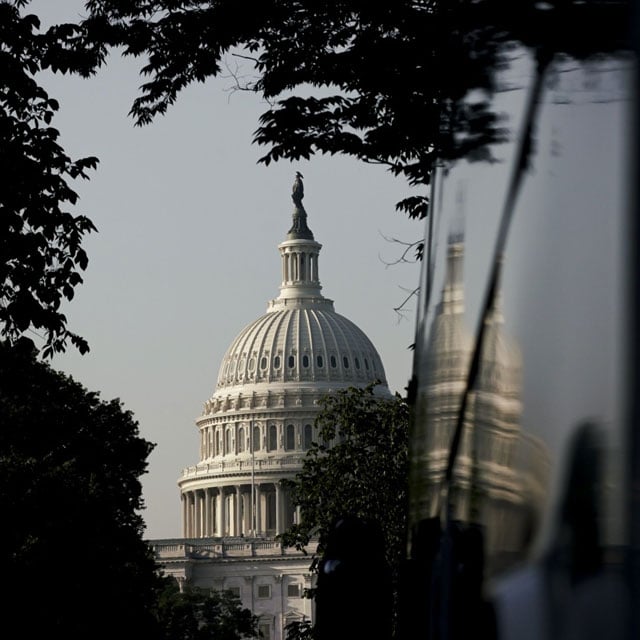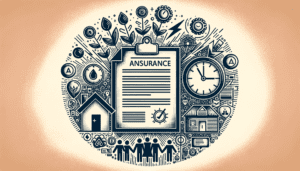New Bill Allows Auto-Reenrollment in Retirement Plans

What You Need to Know
Retirement plan sponsors could reenroll non-participants in retirement plans at least once every three years.
A quarter of workers with retirement plans do not participate, and many aren’t using their full match, the lawmakers say.
TIAA says the bill could prompt more employers to adopt auto reenrollment policies in addition to their auto-enrollment efforts.
Sens. Bill Cassidy, R-La., and Tim Kaine, D-Va., have introduced legislation allowing retirement plan sponsors to reenroll non-participants in retirement plans at least once every three years, unless the participant opts out again.
The Auto Reenroll Act of 2023, introduced Wednesday, will assist “American workers in taking advantage of their available retirement plans and full employer match,” Cassidy and Kaine said in a statement.
“With over half of all Americans are not on track for retirement and other safety nets like Social Security on track to go insolvent, we are in a retirement crisis,” Cassidy said. “Auto-reenrollment puts workers in the better position to prepare for retirement while staying in control of their financial decisions.”
Under the bill, which amends safe harbors in the Employee Retirement Income Security Act and Internal Revenue Code, plans would be allowed “to sweep as a group everyone who meets the requirements for reenrollment, rather than on each employee’s enrollment date, and need only provide this reenrollment opportunity to those who are not participating in the plan at all,” the senators explained.
A quarter of private-sector workers who have access to employer-sponsored retirement plans do not participate, according to the lawmakers. “And one-third of employees are not taking advantage of their full employer matching contribution,” they said.
Many workers also “forget to join or increase their contribution as they move up in income, leaving significant money on the table.”




